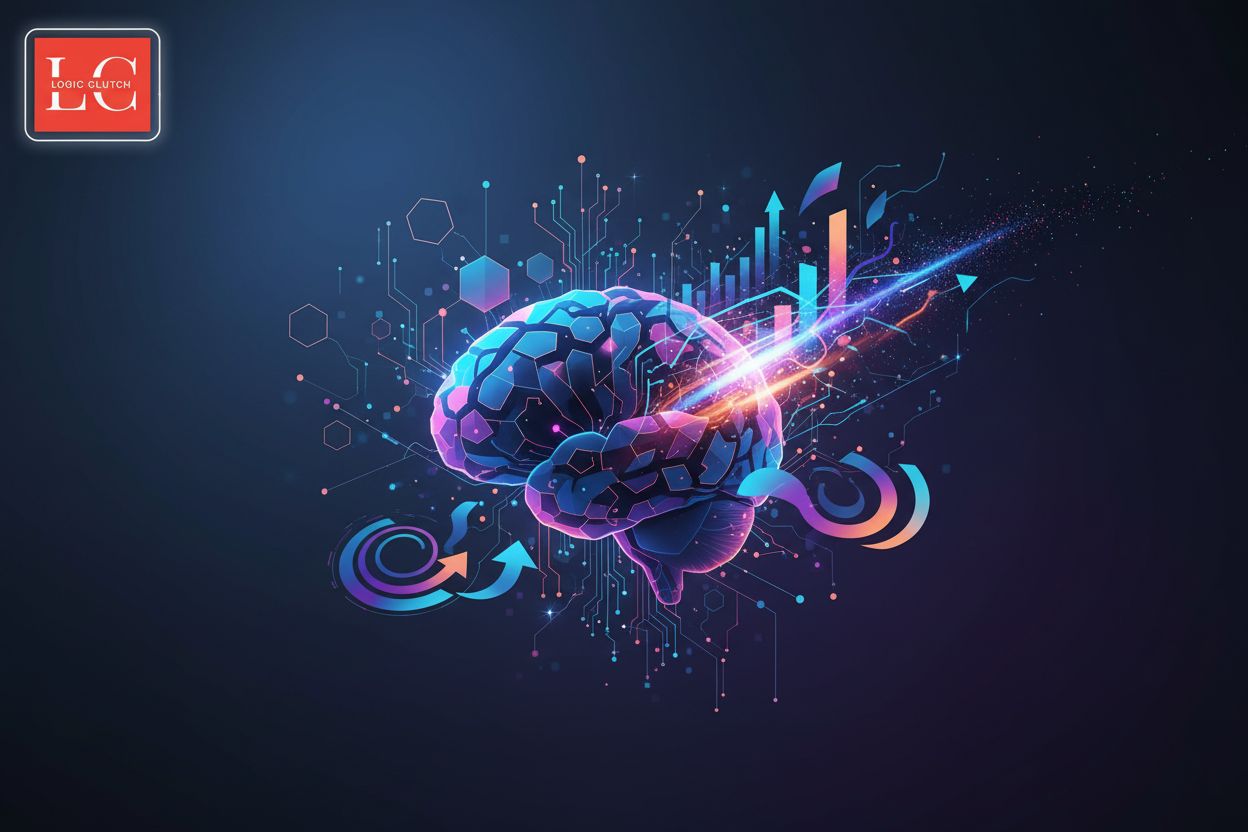Understanding Business Intelligence and Its Role in Organizations
TL;DR
What is Business Intelligence (BI)?
Okay, so you wanna know what business intelligence (bi) is? It's not just some fancy buzzword, I promise.
Basically, it's all about turning raw data into useful insights. Think of it as detective work for businesses. You know, sifting through clues to solve a case—except the case is figuring out how to make more money or run things better.
- Data Collection and Processing: This is where we gather all the data from different sources – like sales records, customer interactions, website traffic, you name it. Then, we clean it up, sort it out, and make sure it's consistent and accurate. It’s like prepping all your ingredients before you start cooking.
- Trend Identification: Once the data's ready, BI tools help us spot patterns and trends that might not be obvious. For example, a retailer might see that sales of winter coats spike in unexpected zip codes, meaning they need to adjust their marketing to those areas. Or maybe they notice a dip in sales on Tuesdays, and can figure out why.
- Improved Decision-Making: This is the payoff. By understanding trends and patterns, businesses can make smarter choices. For instance, BI, often enhanced by ai capabilities, can help hospitals predict patient readmission rates. This allows them to proactively reach out to patients who might need extra support, ultimately improving care and reducing costs.
Well, it ain't magic. It's about having the right tools to make sense of all that data.
- Data Warehouses: Think of these as massive, organized digital filing cabinets. They store vast amounts of historical data from various parts of the business, all in one place, ready for analysis.
- ETL (Extract, Transform, Load): This is the process that gets data into the data warehouse. It extracts data from its original sources, transforms it into a usable format (like standardizing dates or currencies), and then loads it into the warehouse. It’s the crucial step that makes sure all your data plays nicely together.
- Reporting Tools: These are like your personal research assistants. They let you create reports and summaries of your data, often in easy-to-understand formats like tables and charts. You can ask them specific questions, like "What were our sales last quarter?"
- Analytics Platforms: These go a step further than basic reporting. They allow for deeper exploration of data, helping you uncover complex relationships, perform statistical analysis, and visualize trends in more sophisticated ways.
Business intelligence used to be just about looking in the rearview mirror, but now, ai and predictive ai are changing the game. As the AI market size is expected to reach $244.22 billion in 2025, it's becoming an indispensable tool for businesses looking to stay competitive. (Artificial Intelligence - Worldwide | Market Forecast - Statista)
So next up, we'll dive into the core components that makes a bi system tick.
The Role of BI in Organizations
Okay, so BI in organizations – it's not just about pretty dashboards, right? It's like giving your business a pair of X-ray glasses so it can see what's really going on.
- BI empowers everyone: from the ceo making big calls to the sales rep on the front lines. Imagine a marketing team using BI to pinpoint which ad campaigns are actually driving sales, instead of just guessing. They can see which ads are bringing in the most leads and adjust their spending accordingly.
- It's about data-driven actions: No more gut feelings alone. For instance, hospitals are using predictive ai, which is a powerful evolution of BI, to anticipate patient surges. This allows them to allocate staff where they're needed most, ensuring better patient care and preventing burnout.
- Spotting problems: BI can help identify bottlenecks in your supply chain or find out why customer satisfaction scores are dipping, letting you nip issues in the bud, before they become full-blown crises. It's like a doctor diagnosing an illness early.
BI can highlight inefficiencies you didn't even know existed.
- Real-time monitoring: This allows businesses to react quickly to operational hiccups. Think of a logistics company tracking its fleet in real-time, spotting delays, and rerouting trucks to avoid traffic jams – saving time and money. They can see a problem developing and fix it on the fly.
- Streamlined workflows: BI can show you where processes are clunky. For example, a manufacturing plant might use BI to optimize its production line, cutting down on waste and boosting output. They can see which steps are taking too long or using too many resources and make improvements.
As the AI market grows, with projections reaching $244.22 billion in 2025 (as previously mentioned in the introduction), BI is poised to become even more crucial for businesses aiming to stay ahead. (Artificial Intelligence - Worldwide | Market Forecast - Statista)
Next up, we will look into gaining a competitive advantage with bi, and how it will lead to digital transformation.
Business Intelligence with Salesforce CRM and AI Analytics
Integrating bi with salesforce and ai, huh? Well, it's not as scary as it sounds. I mean, who wouldn't want a super-smart salesforce that almost anticipates what the customer wants before they even know it?
Here's the gist:
- Salesforce already has some bi baked in. Reports and dashboards are like, "bi lite" – good for basic stuff like tracking sales numbers or pipeline stages, but can be seriously boosted. Think of it as your starter kit for quick overviews.
- External BI Platforms Integration: This is where things get interesting. Hooking up to something like Tableau or Power BI lets you dig deeper, analyze trends, and get fancy with visualizations. This usually involves using Salesforce's APIs or pre-built connectors to securely transfer your Salesforce data to these external tools.
- 360-Degree View: This is the holy grail, you know? Connect your salesforce data with everything else – marketing automation platforms, finance systems, customer support tools, operations data. Suddenly, you're not just seeing sales – you're seeing the whole dang business and how it all connects.
AI does more than just crunch numbers; it automates the process of finding insights.
This means that you can automatically discover patterns and trends in your data. For example, AI within Salesforce might automatically flag customers who are likely to churn based on their engagement patterns, or identify upselling opportunities based on their purchase history.
And with predictive AI, you can forecast future trends, like customer behavior. This could mean predicting which leads are most likely to convert or forecasting future sales revenue with greater accuracy.
So, up next? We will look at a few real-world examples of this bi and ai integration in salesforce.
Challenges and Considerations
So, what's the real deal with business intelligence? It's not all sunshine and rainbows. There's challenges to think about before you jump in.
First off, let's talk about data quality. If your data is garbage, your bi is gonna be garbage too. Simple as that. You'll make decisions based on stuff that's just plain wrong, and nobody wants that, right? That's why data governance is key. This involves setting up clear policies and procedures for how data is collected, stored, used, and secured. It's about having data stewards who are responsible for data accuracy and ensuring data lineage – knowing where your data came from and how it's been transformed.
Then there's the whole skills gap thing. You can't just hand someone a fancy bi tool and expect them to work magic. You need analysts, data scientists, and, honestly, everyone needs to be at least a little data-literate. This means training, which costs money. To address this, companies might invest in training programs for existing staff, hire new talent with specific skills, or even partner with external consultants.
And don't even get me started on the ethics of all this data sloshing around. Are you invading people's privacy? Are your algorithms accidentally being biased? You gotta think about this stuff. It's crucial to implement measures like data anonymization, actively test for and mitigate algorithmic bias, and have transparent data usage policies.
Look, bi is powerful, but it's not a silver bullet. You need good data, smart people, and a strong sense of ethics. If you get those things right, you will be in good shape.





